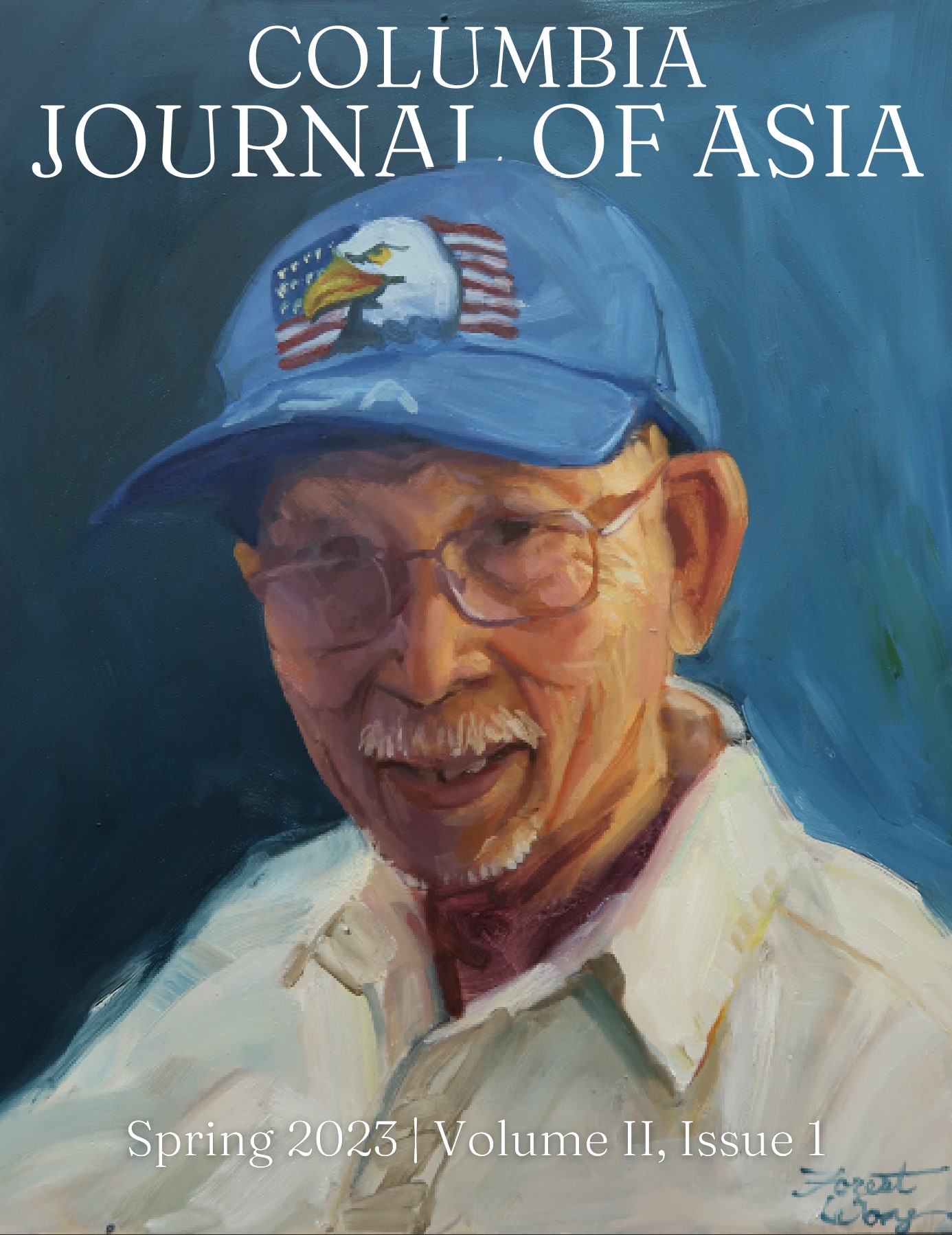Abstract
Asianism had been a multi-faceted set of ideas, emotions, and actions hinged upon the constantly appropriated category “Asia” in the late nineteenth and early twentieth centuries. While many scholars have analyzed different threads of Asianist movements, they have not given enough attention to the way self-proclaimed Asianists fashioned themselves through print media. How did Asianists confer meaning to their political activities and shape their audiences’ perceptions of Asianism? In this paper, I argue that through East Asia’s burgeoning print media, three Asianist activists—Sun Yat-sen of China, Miyazaki Tōten of Japan, and Mariano Ponce of the Philippines—produced and propagated meanings of Asianism in a Sino-Japanese joint aid to the Philippine Revolution in 1899. I demonstrate how images of these activists were coded and weaved into an Asianist “web of meaning” by themselves and their followers. Although the aid to the Philippines ended in a fiasco, these Asianists transformed their failure, in different ways, into a glorious image of Asian solidarity through writing autobiographies and propaganda material. By emphasizing the print media, I aim to deepen historians’ understanding of the relationship between the production the history of Asianism and pan-Asianist revolutionary networks in the early twentieth century.

